Since its inception in 1956, Artificial Intelligence (AI) has progressively transformed industrial processes – it’s application now ubiquitous in 2021. In this data-centric era, the movement of Industrial AI is pivotal for growth in its ability to employ deep-learning to autonomously solve and develop technology and processes, and produce meticulous results.
Why Industrial AI Is Crucial In 2021
Industrial AI is crucial for development; it enhances time-efficiency while simultaneously delivering consistency and reliability – all contributing to the functions of successful business output. With competition and innovation running rife in all industrial sectors (and the added layer of social distancing in 2020) Industrial AI fulfills the need for a more complex approach to operations, advancing the necessity for progress and development.
Broad Examples Of Industrial AI Applications To Transform Processes Offering sophistication and a smarter tomorrow, Industrial AI reconstructs the way all manner of processes are executed in an industrial context.
Accelerate Design Validation Processes
Industrial AI optimizes the time-consuming design process of new products and systems by discovering potential and concealed issues. This is effective for avoiding future unforeseen obstacles later down the line.
Automation Of Material Movement Jobs
Industrial AI allows for consistent material handling and movement across various warehouses; from aerospace to e-commerce, automobile to perishables. Self-driving vehicles loaded with AI technology navigate their environment while distributing materials from A to B, allowing consistent industrial movement.
Enhanced Predictive Maintenance
Applying Industrial AI systems to maintenance processes ensures such essential tasks are achieved to a superior standard. Predictive maintenance is a combination of AI-driven measures and data from sensors and the Internet of Things (IoT) which allow manufacturers to foresee and desist future machine failures. Not only does this streamline the manufacturing process in real-time, but it offers a more economical and time-efficient future.
Improved Growing Conditions
As the world’s population skyrockets, its crucial that food harvesting is working at an optimum level. With the developing popularity in both indoor and vertical farming (each optimizing space), Industrial AI is used in combination with other digital technology to deliver the perfect growing conditions for plants.
Optimized Supply Chain Network
Hindrances in any widespread supply chain can present disruptions in both cost-efficiency and productivity. Industrial AI commands the supply chain by employing predictive and complex systems to optimize each level of process; from logistic planning to producing inventories. This practical approach removes the potential obstacle of human error and sustains a dynamic supply chain.
The Top 10 Cases Of Real-World Industrial AI
Predictive Maintenance
As explored above – through Machine Learning, data readings, and sensors, Industrial AI systems can interpret and predict the requirement for maintenance of one or many assets in an industrial workspace.
Quality Checking
Industrial AI is used in conjunction with optical technology to perform automated optical inspection which allows manufacturers to spot any detrimental flaws in a system or product.
Manufacturing Process Optimization
Autonomous machines replicate tasks usually carried out by humans and achieve a level of productivity that is both consistent and reliable. Through Machine Learning, robots learn their dedicated task without human interaction.
Supply Chain Optimization
When it comes to a well-oiled supply chain, predictive inventory management is one of the most widespread applications of Industrial AI. It is a vital aspect for manufacturers to generate both economic efficiency and productivity.
Cybersecurity And Privacy
In our data-driven, GDPR-aware society, it is necessary to apply AI-powered cyber threat detection and response. This is critical for maintaining safety in the digital landscape.
Autonomous Physical Security
Big Brother is watching! AI-surveillance systems ensure safety measures are continually present by identifying potential threats and hazards in the workplace (and beyond).
Data Management
Accessing data is a tricky task at the best of times. Industrial AI systems have the capacity to trawl and access stored data with a systematic approach. Such procedures as data management, data acquisition, and data filtering (for example) are achieved in real-time speed and accuracy.
Smart Assistants
There’s no escaping the likes of Siri and Alexa. In the industrial environment, voice assistants enhance the experience of monitoring systems by removing the need for inputting commands or printing long status reports. Instead, workers can request insights in real-time.
AI R&D
Electronic design automation (EDA), or computer-aided design, is a primary application of AI that allows manufacturers to achieve multiple versions of a design that overcome certain pre-set constraints.
Resource Exploration
In more volatile, hazardous working environments, Industrial AI increases levels of safety and productivity by analyzing and processing a scope of images (captured via radar, satellite, and/or drone) to decipher an optimal point for resource extraction. This is most effective in Mining, Oil, and Gas industries.
Industrial AI; All Systems Go
From food manufacture to artificial assistants, AI paves the way to a smarter, more consistent, more productive future. Its place in an industrial context is permanent and evolving – the capacity for AI development is limitless. Optimizing output, efficiency, and productivity and safety measures, AI is a prerequisite in the future of all levels of industry.

